One of the really interesting things about dart frogs is the way almost every species has numerous locality variants, called morphs or forms. A species like D. tinctorius for instance has literally dozens of different color and size variations. Phyllobates species seem to be more limited in their “morphs”, and some, such as vittatus don’t seem to have any locality forms. However the Columbian Phyllobates species are more diverse, and bicolor and terribilis both have several recognized locality morphs, and the fact that much of Columbia hasn’t been explored very well indicates that more may be coming. At one point a few years ago, I was talking to a Columbian frog hobbyist who said he had seen blue P. terribilis there! These Orange “Black Foot” are a relatively recent frog in the US hobby, I’d guess they first became available around 2012 or so, just as a guess. The other forms in the US hobby are Yellow, Orange and the Mint phase.
Besides their bold nature, these frogs have a couple of other characteristics that make them excellent for hobbyists of all levels. First, they are able to eat larger food items. Where the average Cobalt tinctorius or Green and Black auratus will starve to death in front of a cricket that is just a shade too large, these frogs aggressively tackle larger food items, and even use their front feet to stuff food into their mouth! This makes them much easier to feed! These frogs also get along well with most other dart frogs, and make excellent candidates for mixed species tanks. In addition, they generally get along well in groups of their own species. Just keep in mind that this is a larger frog, and needs some room!
Breeding is fairly easy, keep them in the mid to upper seventies, and keep the humidity saturated. They breed in pairs or groups, although in some cases groups of frogs can be problematic in that they may eat each others eggs, or disturb clutches after they are laid. Often two males will go into a frenzy of calling, and then both try to fertilize a clutch of eggs, which can be a mess! They lay larger clutches, and tadpoles are hardy but small, same with the juveniles, which are small and brown, with coloration just beginning to show as a stripe up each side of the back. They grow fast growing, and are tough little guys!
While they do like very high humidity and a wet tank, a well-drained substrate is a good idea, as these frogs are notorious for developing sores on their feet, likely from high levels of bacteria that can build up in their tank. I’ve basically never seen this condition in any other dart frogs, just terribilis. Unfortunately little can be done for this condition, it usually kills frogs affected by it.
An additional bonus that I often forget to mention is that these frogs are much more robust and less affected by being kept in a larger tank as juveniles. I often warn customers against putting several juvenile tinctorius in a tank, since almost inevitably at least one doesn’t do well while they are growing up. These terribilis are much more likely to do well from a younger age if raised in a tank in a group of juveniles.
The toxic nature of the wild version of this frog makes them great conversation pieces as well! Of course as with all captive bred dart frogs they are completely non toxic, but in the wild one frog could contain enough poisons to kill several people. The stories of the original expedition into the jungles of Columbia that “discovered” these frogs are fascinating, and the scientific team that studied them was stunned by their amazing toxins. Again, these frogs are completely non toxic in captivity, no traces of poison are to be found in these frogs.
Dart frogs are shipped via FedEx Priority Overnight, live arrival guaranteed! The charges for this, ($49) will be added to your cart automatically. This charge covers any number of frogs. Select items can be added to your order, and shipped with your frogs at no additional cost. These items are listed under the Bundle and Save category. See our Conditions & Guarantees page for more info.

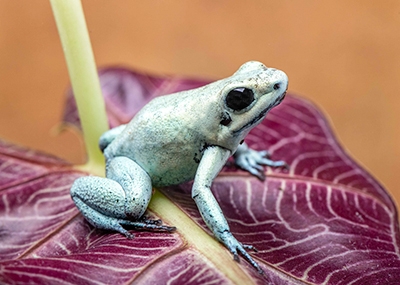
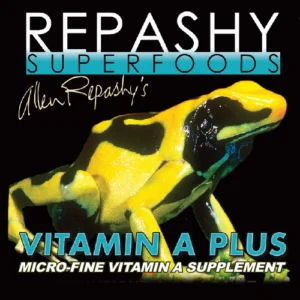
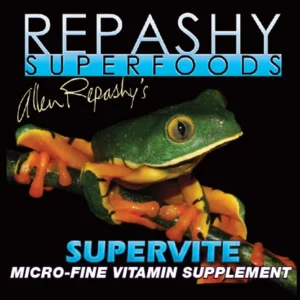
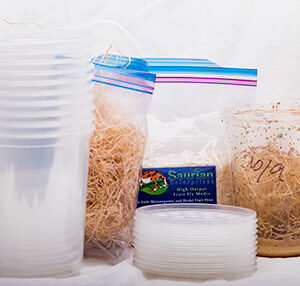
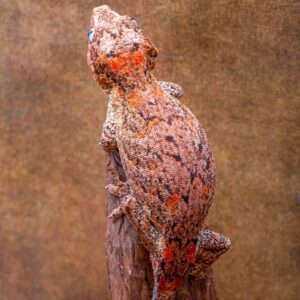
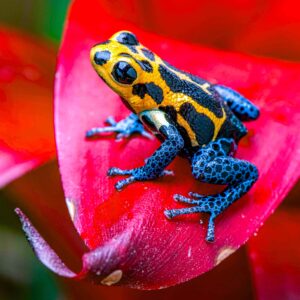
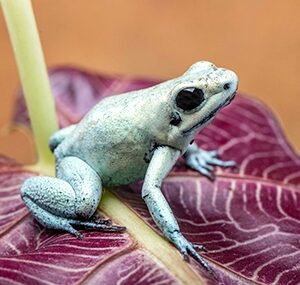
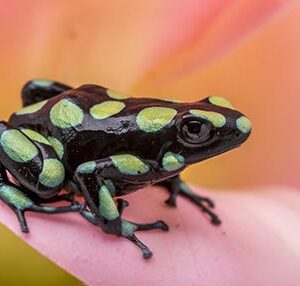
Reviews
There are no reviews yet.